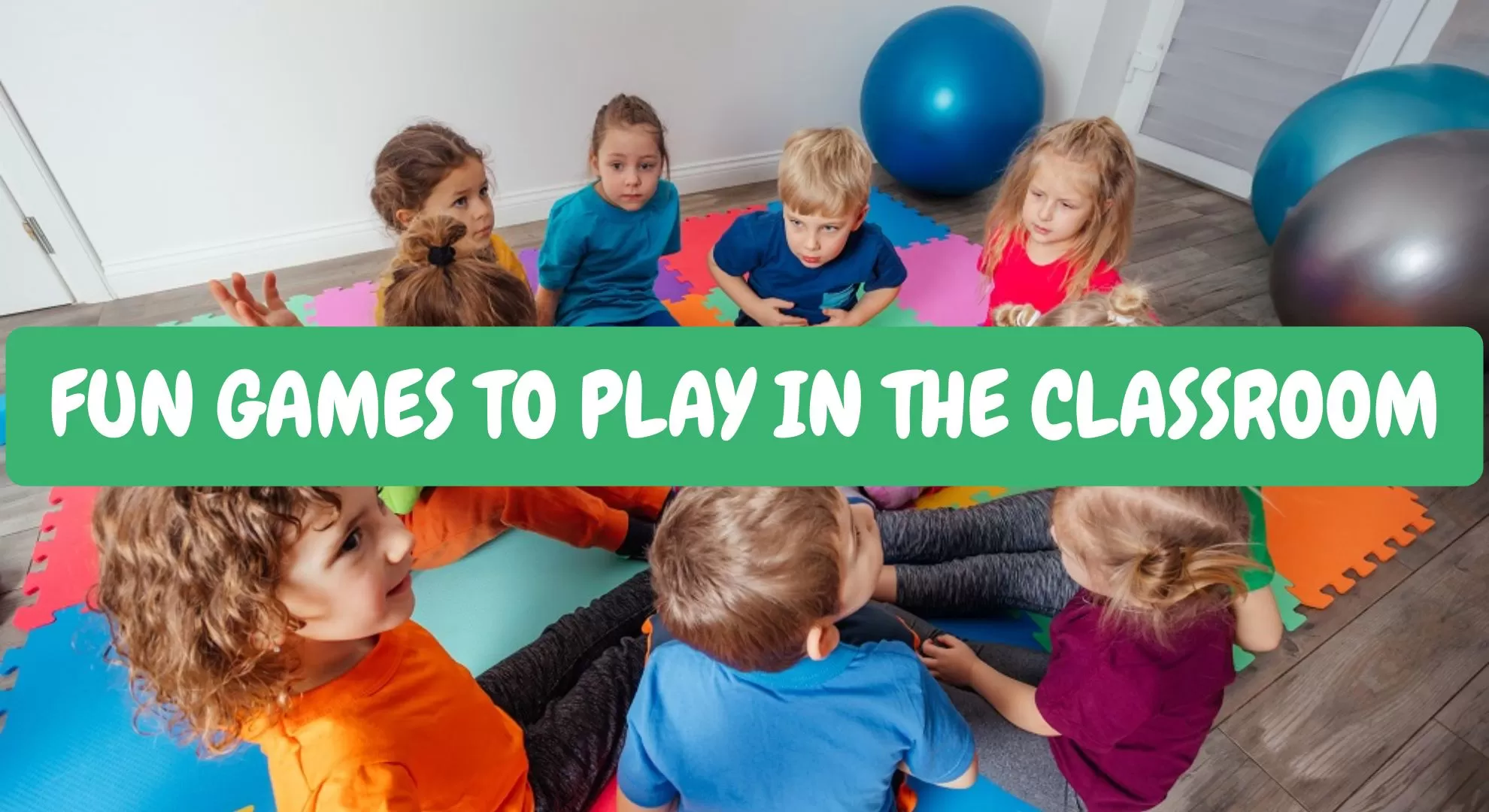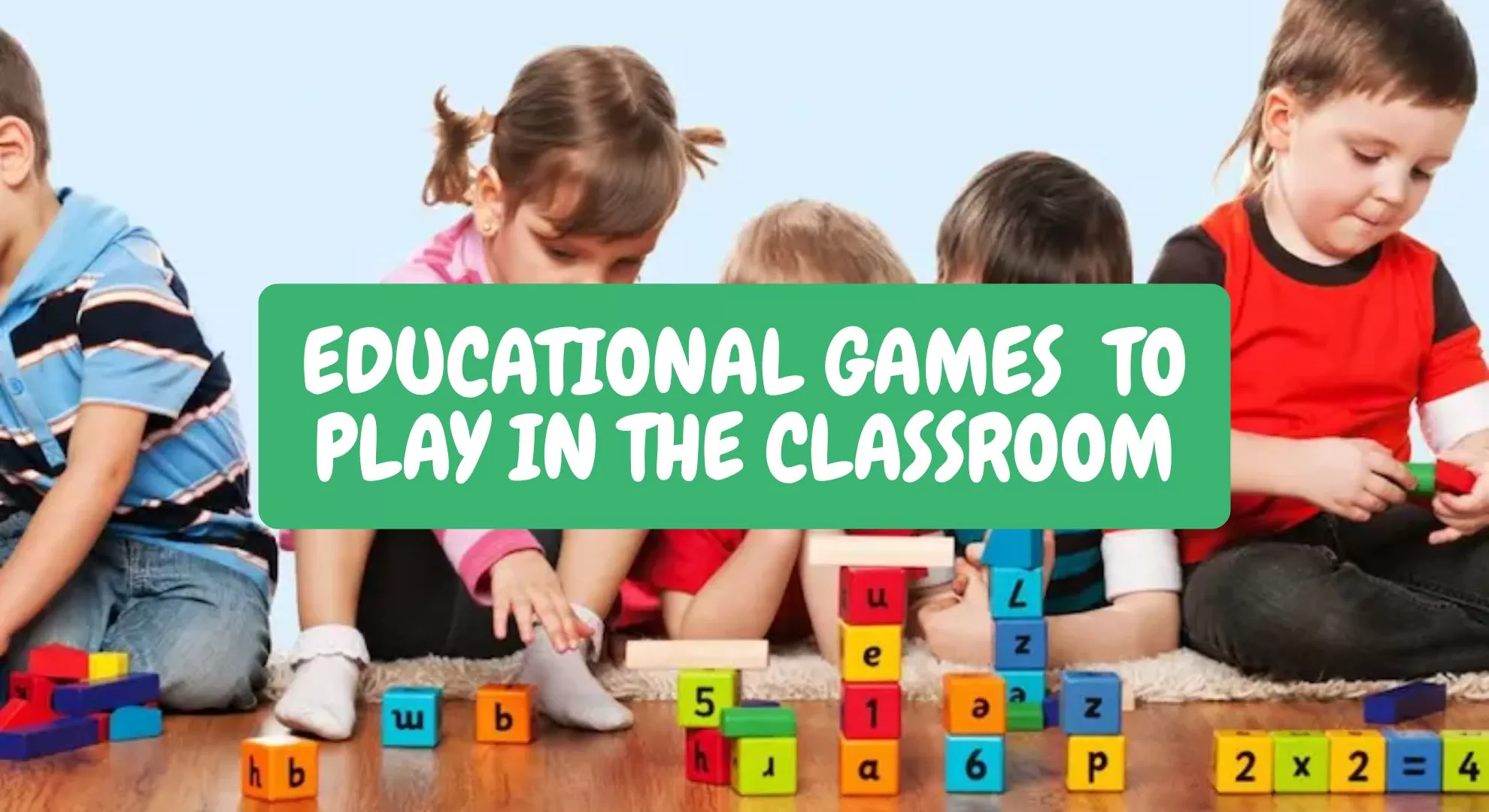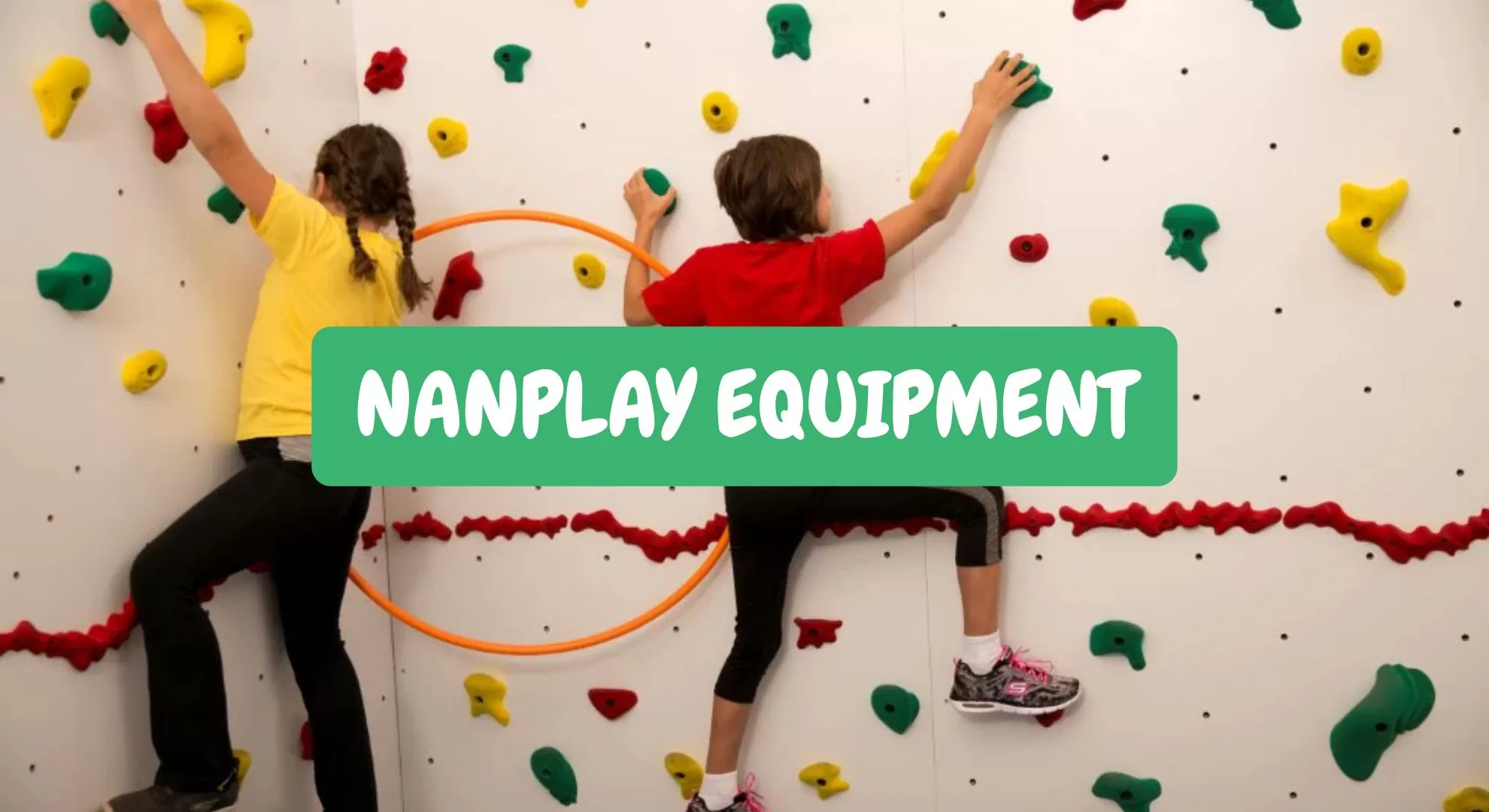Modern classrooms thrive when students are engaged through interactive play. Games not only break the monotony of traditional lessons but also cater to the four primary learning styles (visual, auditory, reading/writing, kinesthetic), making education inclusive and effective. At NanPlay, we believe in blending structured play with academic growth—here’s how teachers can transform their classrooms into dynamic learning hubs.

1. Vocabulary Relay Race
2. Math Bingo
3. Historical Role-Play
4. Science Scavenger Hunt
5. Grammar Charades
6. Geography Puzzles
7. Spelling Bee Tag
8. Story Chain Writing
9. Fraction Hopscotch
10. Debate Dice
11. Art History Memory Match
12. Sentence Structure Jenga
13. Chemistry Pictionary
14. Timeline Twister
15. Ecosystem Simulation
Games are more than entertainment—they’re scientifically proven to help sharpen processing speed and enhance cognitive flexibility. According to a Harvard study, students who engage in game-based learning show improved problem-solving skills and retain 25% more information compared to passive learners.
For kinesthetic learners, activities like Fraction Hopscotch or Vocabulary Relay Race turn abstract concepts into tactile experiences. Teachers often observe that games bridge gaps between theoretical lessons and real-world applications, especially when combined with outdoor recess games or interactive playground systems.
Browse School Playground Equipment
Classroom games foster fine and gross motor skills through activities like Spelling Bee Tag, where students run to spell words on a board. Social-emotional growth is equally vital—Debate Dice encourages respectful disagreement, while Story Chain Writing builds teamwork.
The CDC emphasizes that play-based learning supports mental health by reducing anxiety and improving focus. For students struggling with traditional methods, games provide a low-pressure environment to master academic games like Math Bingo or Grammar Charades.

Classroom games aren’t just about fun—they’re strategic tools to reinforce lessons, encourage collaboration, and address the four primary learning styles. From math to history, these 15 educational games turn abstract concepts into memorable experiences. Let’s dive into creative ways to energize your curriculum while helping sharpen processing speed and critical thinking.
Split students into teams and assign each a list of words. One by one, players sprint to the board to write synonyms, antonyms, or definitions. The first team to finish 10 words correctly wins. This high-energy game builds vocabulary retention and teamwork, especially for kinesthetic learners who thrive on movement.
Create bingo cards filled with answers to equations (e.g., “42” for 7×6). Call out problems verbally, and students mark solutions. To level up, use fractions or algebraic expressions. Math Bingo is ideal for sharpening arithmetic fluency and works seamlessly with NanPlay’s Math Maze Mats for outdoor reinforcement.
Assign students figures like Abraham Lincoln or Cleopatra and have them reenact pivotal moments, such as signing the Declaration of Independence. This immersive activity fosters empathy and contextual understanding, aligning with social studies curriculum goals. For props, use printable resources from Smithsonian’s History Explorer.
Hide objects like magnets, fossils, or pH test strips around the room. Provide clues like, “Find something that conducts electricity.” Students collaborate to identify items based on scientific properties, blending critical thinking with hands-on exploration—perfect for tactile learners.
Students act out parts of speech (e.g., “preposition” by crawling under a desk) while classmates guess. This hilarious game demystifies grammar rules and encourages creative expression. For older students, include complex terms like “subjunctive mood.”
Print a large world map, cut it into pieces, and challenge teams to reassemble it. Add complexity by requiring students to label countries or capitals. This activity sharpens spatial reasoning and global awareness. Pair it with NanPlay’s Alphabet Balance Beams for outdoor geography relays.
Turn spelling into a sport! Students line up, and the teacher calls a word. If a student misspells it, they’re “tagged” and must sit down. The last standing wins. This fast-paced game boosts spelling accuracy and resilience under pressure.
Start a story with one sentence (e.g., “The astronaut discovered a glowing cave”). Each student adds a sentence, building narrative skills and adaptability. For tech integration, use collaborative tools like Google Docs.
Draw a hopscotch grid with fractions (e.g., 1/2, 3/4) instead of numbers. Call out equations like “1/2 + 1/4,” and students jump to the correct answer. This game reinforces fraction equivalence and gross motor skills.
Write debate topics on dice (e.g., “Should homework be banned?”). Students roll and defend their stance with evidence. This builds persuasive speaking and critical analysis—key for developing processing speed in middle schoolers.
Create cards with famous artworks and their artists (e.g., Van Gogh’s Starry Night). Students flip cards to find matches while discussing styles like Impressionism. This game enhances visual literacy and cultural knowledge.
Label Jenga blocks with sentence parts (noun, verb, adjective). As students pull blocks, they use them to build grammatically correct sentences. A collapsing tower adds suspense, making syntax practice thrilling.
Students draw elements, compounds, or lab tools (e.g., a beaker) for peers to guess. This visual game simplifies complex concepts like covalent bonds. For lab safety tips, link to ACS’s guidelines.
Place historical events on a Twister mat. Call out dates (e.g., “1492”), and students stretch to touch the correct event. This physically engaging game reinforces chronology and fine motor coordination.
Assign roles like “predator,” “prey,” or “decomposer” and simulate food chains. Students negotiate survival strategies, illustrating interdependence in nature. Extend this outdoors with NanPlay’s Ecosystem Balance Boards for immersive play.
Start small—replace one worksheet per week with a game. Use Debate Dice for English classes or Ecosystem Simulation for biology. Track progress through quizzes to see if games help sharpen processing speed.
Partner games with technology: apps like Kahoot! complement activities like Timeline Twister. For schools with limited space, NanPlay’s compact play structures offer versatile solutions for indoor/outdoor use.

Extend learning beyond four walls! Our equipment—like Solar System Climbing Walls or Fraction Balance Boards—supports outdoor STEM activities. Studies show that fresh air boosts concentration by 20%, making recess the perfect time for Geography Puzzles or Science Scavenger Hunts.
Creative Indoor Recess Games & Activities
Thank you very much for your inquiry! Your trust is our greatest motivation. We are committed to offering playgrounds that combine high quality with affordable pricing. Let us bring vitality to your venue!